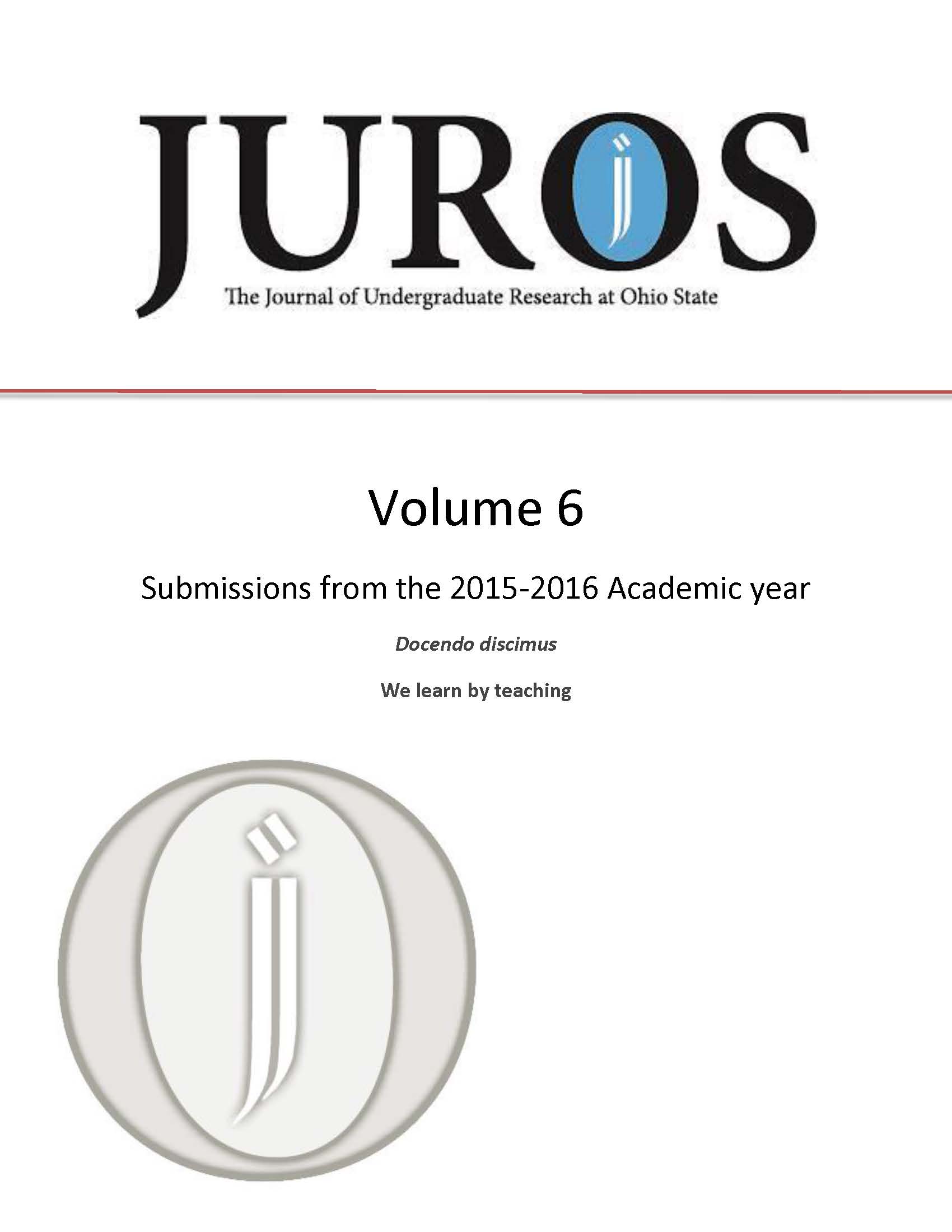Isolation and characterization of nitrogen-fixing bacteria from American cockroach Periplaneta americana
Abstract
Nitrogen fixation is the mechanism of taking atmospheric nitrogen (N2) and transforming it into ammonium (NH4+). This process is crucial for organisms, especially those which grow in anaerobic environments, as it provides the essential nutrients required to synthesize the basic building blocks of life. Building blocks include such necessities as nucleotides for DNA and RNA, amino acids for proteins, and formation of fatty acids. Converting atmospheric nitrogen to ammonium is done by the nitrogenase enzyme, which is encoded by the nif gene. The aim of this study was to determine whether nitrogen-fixing bacteria were detected in the bacteria residing in the gut of the American cockroach Periplaneta americana. This was done by isolating bacterial cultures from the gut (foregut, midgut and hindgut) and surrounding fat body. Confirmation of the presence of the nif genes was to be done using Polymerase Chain Reaction (PCR) detection, along with liquid growth culture experiment and acetylene reduction assays. The project did not move past the PCR detection and gel electrophoresis analysis as nif genes were not detected in any of the isolates obtained from the cockroach. This may have been due to the media used, or because the primers were for a different nif gene that that present in the bacterium. Further testing could be done using different primers, or growing them on different media.
Downloads
Published
Issue
Section
License
Copyright (c) 2016 The Journal of Undergraduate Research at Ohio State


